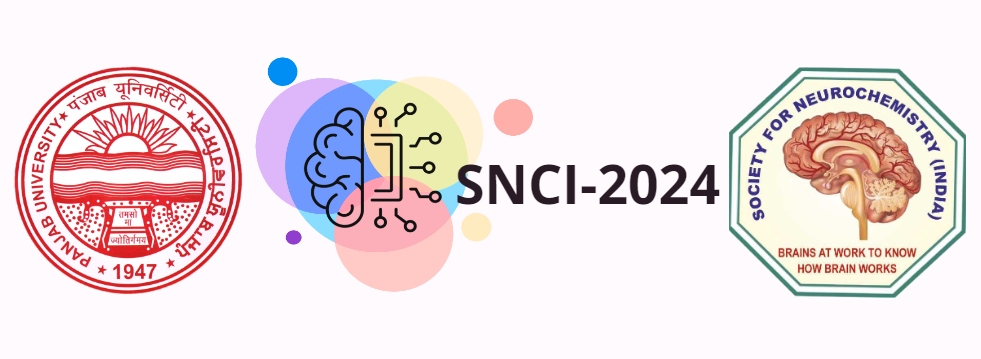The Significance of the Number 12 in Ancient Egypt
Throughout history, numbers have served as powerful symbols that encode cultural, religious, and philosophical truths. In ancient civilizations, especially Egypt, numbers were not merely quantitative tools but carriers of divine and cosmic symbolism. Among these, the number 12 stands out as a particularly significant figure, embodying completeness, cosmic order, and divine principles. This article explores the multifaceted role of 12 in ancient Egyptian thought, illustrating how this numeral interwove with their cosmology, religion, and societal structure.
- The Concept of Completeness and Cosmic Order in Ancient Egypt
- The Number 12 as a Symbol of Cosmic and Social Cycles
- Animal-Headed Gods and Their Divine Attributes in Relation to the Number 12
- Royal Protection and the Use of Cartouches: The Number 12 and Royal Identity
- The Eye of Horus as a Modern Illustration of Ancient Symbolism
- Hidden Symbolism and Esoteric Interpretations
- Conclusion: The Enduring Legacy of the Number 12
The Concept of Completeness and Cosmic Order in Ancient Egypt
In ancient Egyptian culture, numbers were more than mere counting tools; they represented divine principles and the fundamental laws governing the universe. The number 12 was especially significant because it symbolized completeness and harmony—a reflection of cosmic order. The Egyptians perceived the universe as a well-ordered system, maintained through divine principles embodied in numbers. This belief is exemplified by how they aligned their religious practices and societal structures around such symbolic numerology.
Central to this order was Ma’at, the goddess of truth, justice, and cosmic harmony. Ma’at represented the ideal state of balance in the universe, and her principles were reflected in the structured use of numbers like 12, which signified wholeness and divine perfection. The alignment of societal laws, religious rituals, and cosmic principles with these numerological concepts underscored their importance in maintaining societal stability and spiritual harmony.
The Number 12 as a Symbol of Cosmic and Social Cycles
One of the most apparent manifestations of the significance of 12 in Egypt is its role in timekeeping and calendrical systems. The ancient Egyptian calendar was divided into 12 months, each associated with specific lunar or seasonal phenomena, symbolizing the natural cycles of the cosmos. This structure reflected the Egyptians’ understanding of the universe as a series of repeating, sacred cycles.
Moreover, Egyptian mythology and religion feature a pantheon of 12 gods that represent fundamental aspects of existence. These deities encompass creation, fertility, justice, and the underworld, forming a complete divine set that governs the cosmos. For example, the 12 divine hours of the day and night symbolize the perpetual rhythm of life and death, emphasizing the cyclical nature of existence.
- 12 months of the Egyptian calendar
- 12 divine gods representing universal principles
- 12 hours of day and night
Animal-Headed Gods and Their Divine Attributes in Relation to the Number 12
Egyptian religion is rich with deities depicted with animal heads, each embodying specific divine powers and cosmic principles. These gods often represent natural forces, virtues, or cosmic functions. For instance, Horus with a falcon head symbolizes kingship and divine authority, while Anubis with a jackal head signifies protection in the afterlife.
The set of 12 animal-headed gods can be viewed as a complete portfolio of divine forces, each governing a vital aspect of cosmic harmony. Their collective symbolism aligns with the concept of completeness associated with the number 12, illustrating how the divine forces in Egyptian cosmology are interconnected and balanced. This set embodies the idea that the universe operates through a cohesive system of divine powers, each represented by these deities.
Royal Protection and the Use of Cartouches: The Number 12 and Royal Identity
In Egyptian royal symbolism, cartouches served as protective seals around royal names, emphasizing divine protection and authority. The structure of royal names often incorporated symbolic numerology, with the number 12 representing divine completeness and stability. Royal names inscribed within cartouches not only identified the ruler but also invoked divine forces to safeguard their reign.
For example, some royal titulary contained elements arranged around the number 12, reflecting the idea that kingship was rooted in divine order. This numerological structuring reinforced the concept that the pharaoh’s power was derived from divine principles, ensuring societal harmony and cosmic balance.
- Cartouches as symbols of divine protection
- Royal names structured around sacred numbers
- Divine legitimacy through numerological symbolism
The Eye of Horus as a Modern Illustration of Ancient Symbolism
The Eye of Horus remains one of the most recognizable symbols from ancient Egypt. Originating from mythological stories, it symbolizes protection, healing, and wholeness. The myth recounts how Horus’s eye was injured and subsequently restored, embodying themes of regeneration and divine safeguarding.
In modern times, the Eye of Horus is often used as an amulet of protection and health. Its design reflects the ancient understanding of wholeness—an idea closely linked to the number 12, which signifies completeness. The eye’s symmetrical and balanced form visually echoes the concept of cosmic harmony and divine order that was central to Egyptian symbolism.
This symbol exemplifies how ancient principles persist in modern contexts, illustrating the continuity of cultural and spiritual ideas across millennia.
Hidden Symbolism and Esoteric Interpretations
Beyond its obvious applications, the number 12 in Egyptian artifacts often holds deeper mathematical and geometric significance. For instance, the division of sacred spaces, such as temples and tombs, frequently incorporates multiples of 12, reflecting a divine blueprint embedded in architecture and art.
Symbolically, 12 also links to other sacred numbers, such as 3, 4, and 9, forming a complex web of esoteric meanings related to spiritual ascent, the elements, and cosmic cycles. Egyptian mystics believed these numbers encoded hidden knowledge, accessible through ritual and symbolism.
The influence of 12 extends into Egyptian art and ritual practices, where it appears as a recurring motif—often associated with sacred geometries that emphasize harmony, proportion, and divine order, reinforcing the idea that the universe is a reflection of divine numerology.
Conclusion: The Enduring Legacy of the Number 12 in Ancient Egyptian Thought
In sum, the number 12 served as a fundamental symbol in ancient Egypt, representing completeness, divine order, and cosmic harmony. From the structure of their calendar and pantheon to royal symbolism and sacred architecture, 12 embodied the interconnectedness of divine principles and societal stability.
“It is through understanding these ancient symbols that we gain insight into the universal principles that continue to influence modern thought and culture.”
Recognizing the depth of these ancient symbols enriches our comprehension of historical worldviews and highlights the timeless nature of divine and cosmic symbolism. Whether seen in the Eye of Horus or in the structure of societal institutions, the number 12 remains a potent reminder of the universe’s harmony and the enduring quest for understanding the divine order.



